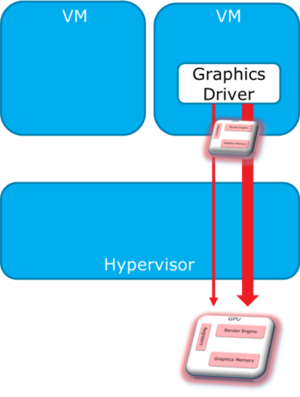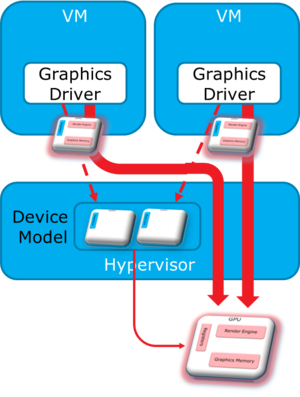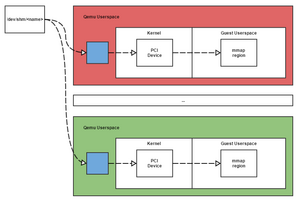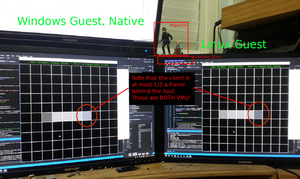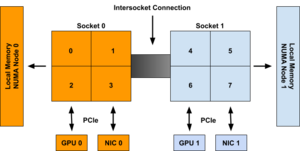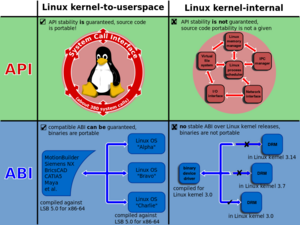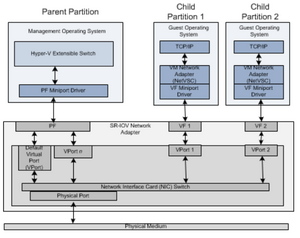Glossary
Definitions
This section will attempt to define some of the terms that are either related to the content of this article or were used throughout this article for those who may need more context.
VFIO
Kernel.org defines VFIO or Virtual Function Input Output as "an IOMMU/device agnostic framework for exposing direct device access to userspace, in a secure, IOMMU protected environment." [source]
Mdev
Kernel.org defines Virtual Function I/O (VFIO) Mediated devices as: "an IOMMU/device-agnostic framework for exposing direct device access to user space in a secure, IOMMU-protected environment... mediated core driver provides a common interface for mediated device management that can be used by drivers of different devices." [source]
IVSHMEM
According to QEMU's GitHub repo: "The Inter-VM shared memory device (ivshmem) is designed to share a memory region between multiple QEMU processes running different guests and the host. In order for all guests to be able to pick up the shared memory area, it is modeled by QEMU as a PCI device exposing said memory to the guest as a PCI BAR." [source]
KVMFR (Looking Glass)
looking-glass.io defines Looking Glass as: "an open source application that allows the use of a KVM (Kernel-based Virtual Machine) configured for VGA PCI Pass-through without an attached physical monitor, keyboard or mouse." [source]
NUMA Node
Infogalactic defines NUMA as: "Non-uniform memory access (NUMA) is a computer memory design used in multiprocessing, where the memory access time depends on the memory location relative to the processor. Under NUMA, a processor can access its own local memory faster than non-local memory (memory local to another processor or memory shared between processors)." [source]
Application Binary Interface (ABI)
Infogalactic defines an ABI as "the interface between two program modules, one of which is often a library or operating system, at the level of machine code." [source]
SR-IOV
docs.microsoft.com defines SR-IOV as "The single root I/O virtualization (SR-IOV) interface is an extension to the PCI Express (PCIe) specification. SR-IOV allows a device, such as a network adapter, to separate access to its resources among various PCIe hardware functions." [source]
GVT-g
wiki.archlinux.org defines Intel GVT-g as "a technology that provides mediated device passthrough for Intel GPUs (Broadwell and newer). It can be used to virtualize the GPU for multiple guest virtual machines, effectively providing near-native graphics performance in the virtual machine and still letting your host use the virtualized GPU normally." [source]
VirGL
lwn.net defines Virgl as: "a way for guests running in a virtual machine (VM) to access the host GPU using OpenGL and other APIs... The virgl stack consists of an application running in the guest that sends OpenGL to the Mesa virgl driver, which uses the virtio-gpu driver in the guest kernel to communicate with QEMU on the host." [source]
VirGL + VirtIO-GPU have provided a robust way to run graphics instructions on hardware platforms incapable of running mediated device drivers either due to artificial vendor imposed firmware limitations on commodity GPU hardware (AMD GPU-IOV Module) or due to vendor imposed driver limitations (Nvidia GRID) where it will continue to remain relevant. Unfortunately this approach incurs a substantial performance penalty compared to VFIO passthrough.
